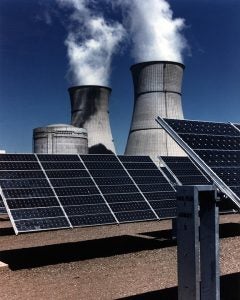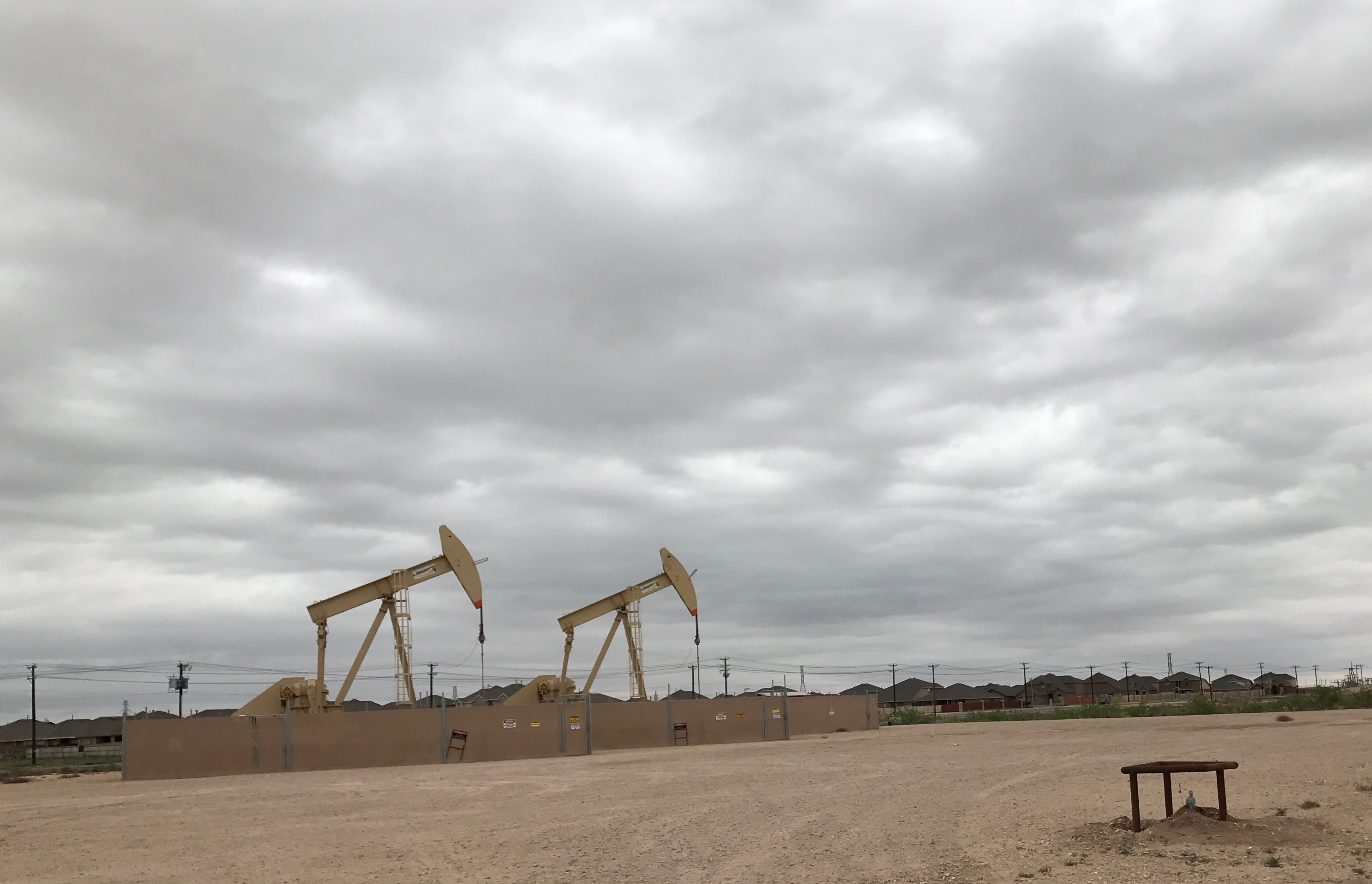 Markets for electricity and natural gas in the U.S. grew up independently of one another. The rules in one do not always align with the rules in the other, creating challenges for both operators and regulators. Cumbersome inefficiencies are becoming more evident with the rapid evolution of the electric system. With more gas-fired power plants coming online, and the growing requirement to balance intermittent renewable sources on the electric grid, there is now a pressing need to synchronize these two markets. Fixing the disconnects means the two systems need a better framework for doing business with one another. The place where the markets meet is gas generators’ use of the nation’s pipeline system.
Markets for electricity and natural gas in the U.S. grew up independently of one another. The rules in one do not always align with the rules in the other, creating challenges for both operators and regulators. Cumbersome inefficiencies are becoming more evident with the rapid evolution of the electric system. With more gas-fired power plants coming online, and the growing requirement to balance intermittent renewable sources on the electric grid, there is now a pressing need to synchronize these two markets. Fixing the disconnects means the two systems need a better framework for doing business with one another. The place where the markets meet is gas generators’ use of the nation’s pipeline system.
Flexibility is Key
Pipelines primarily make money by selling firm (i.e., premium) transportation service. This type of service places value on one thing: moving gas from point A to point B. This market design means that pipelines have no commercial incentive to provide services that are actually needed by gas generators (they get paid regardless of how the capacity is used). The fuel supply needs of gas generators vary over the course of the day and therefore require pipelines to deliver gas on a more variable basis—a “smart” service far more valuable to power generators because they are paying for what they use, rather than for pipeline capacity. Furthermore, signing up for firm service is often too expensive for gas generators who don’t need the service on every day of the year and are not guaranteed recovery of these costs in the electric markets. Read More











 Today’s American nuclear power industry is in a state of upheaval. Four new, large-scale nuclear power plants are under construction in the United States, helped by
Today’s American nuclear power industry is in a state of upheaval. Four new, large-scale nuclear power plants are under construction in the United States, helped by  The Public Utilities Commission of Ohio is still deciding whether to approve bailouts for
The Public Utilities Commission of Ohio is still deciding whether to approve bailouts for 
